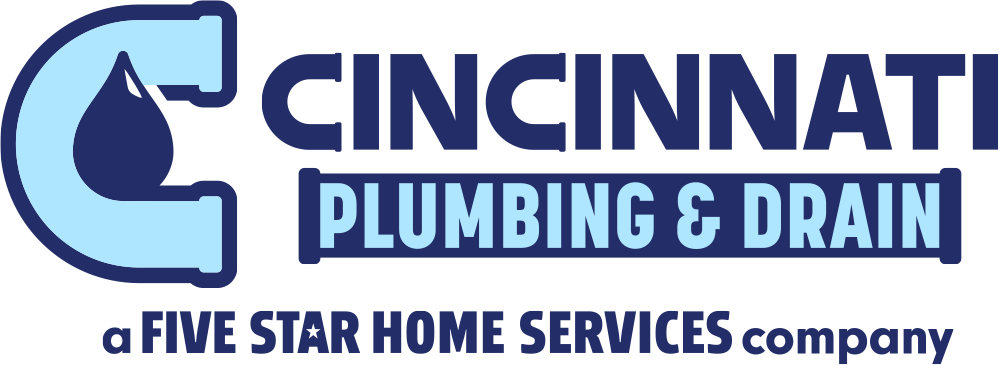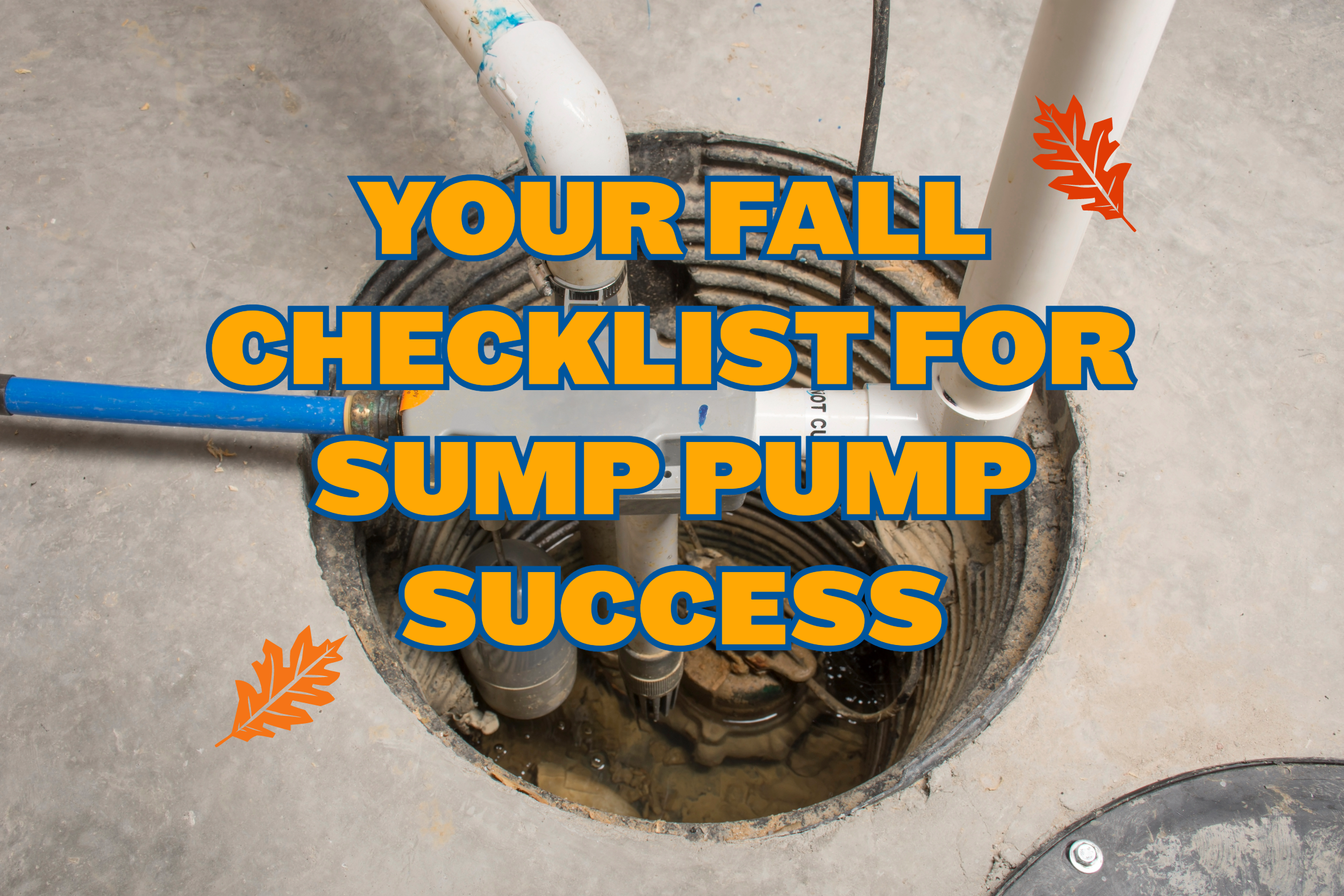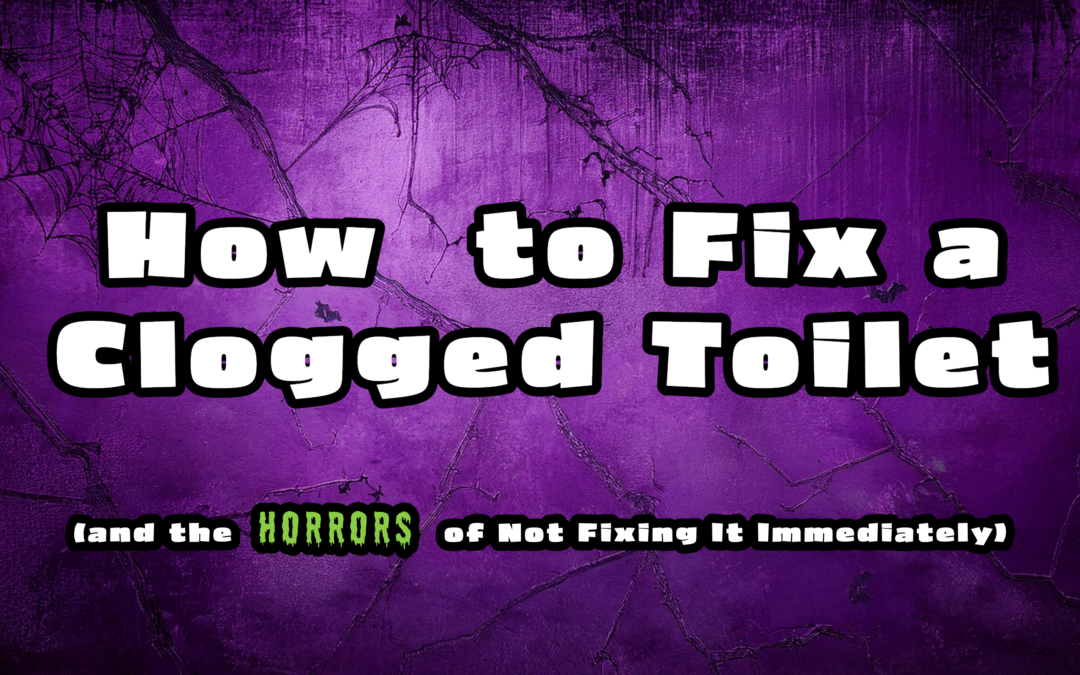Sump pumps are vital throughout the year, but they play a particularly crucial role during the fall and winter months in regions that experience cold weather and snowfall. Therefore, it is imperative for Ohio residents to prioritize the maintenance of their sump pumps. Here are some tips and recommendations from your plumbing and drain experts at Cincinnati Plumbing & Drain that you can follow this season to ensure the success of your sump pump during the upcoming colder months.
YOUR FALL CHECKLIST FOR SUMP PUMP SUCCESS:
Did You Take off the Cover? First, access the sump pump pit or basin by removing its cover. Upon removing the lid, inspect the interior briefly. If you see any debris, mud, or rocks, exercise caution while removing them. Foreign objects like these have the potential to obstruct the sump pump, causing overflow problems.
Did You Check the Drain Hose? Thoroughly inspecting the drain hose is also recommended. You want to ensure that the drain hose is securely connected and free from any obstructions or ice buildup, especially during the winter. A blocked or frozen drain hose can cause the sump pump to run continuously, as it cannot effectively discharge the accumulated water from its pit.
Did You Inspect the Inlet Screen? Ensure the inlet screen is clean to allow water into the sump pump’s pit. A blocked inlet screen can prevent water access, leading to potential basement flooding. So, be sure to take the necessary precautions to maintain optimal functionality.
Did You Look at the Float Mechanism? Make sure the float mechanism is functioning properly in your sump pump, as it determines the activation of the pump to remove excess water. Verify that the float component can move freely without any obstructions. A malfunctioning float can result in the pump either failing to operate when necessary or running continuously, potentially causing damage to the pump’s engine over time.
Did You Inspect the Discharge Pipe? You should also ensure that the water discharged by your sump pump flows away from your house. When you hear your sump pump operating, take a moment to inspect the location of the discharge pipe outside. Confirm that it directs water at a safe distance from your home. If the discharge point is too close, there is a risk of water seeping back into the pump, leading to continuous and inefficient operation. Excessive operation can increase the likelihood of premature wear and tear on your sump pump, potentially reducing its lifespan.
However, it is important to note that while it is crucial to avoid placing the discharge pipe too close to your home, outbuildings, or other structures, it is equally important to ensure that it remains within the boundaries of your property. This is because discharging excess water onto your neighbor’s property is not recommended.
Did You Do a Test Run? To initiate the activation of your pump, try pouring a bucket of water into the sump pit. In the event that the pump fails to operate, try making sure that it is still connected to the power source and that the power cord is still intact.
Did You Form a Backup Plan? Having a backup battery or generator is highly advantageous, particularly during severe rainstorms that may align with a power outage. When you have a backup plan in place, it provides an added sense of assurance, knowing that all bases are covered in case of a power failure or unexpected events.
It is crucial to implement adequate fall winterization to ensure your sump pump succeeds during the coldest months. This essential step will help safeguard your home from potential water damage throughout the cold season.
Having trouble with your sump pump? Don’t delay; call Cincinnati Plumbing & Drain at (513) 463 – 6947, or schedule an appointment online now by clicking here!






